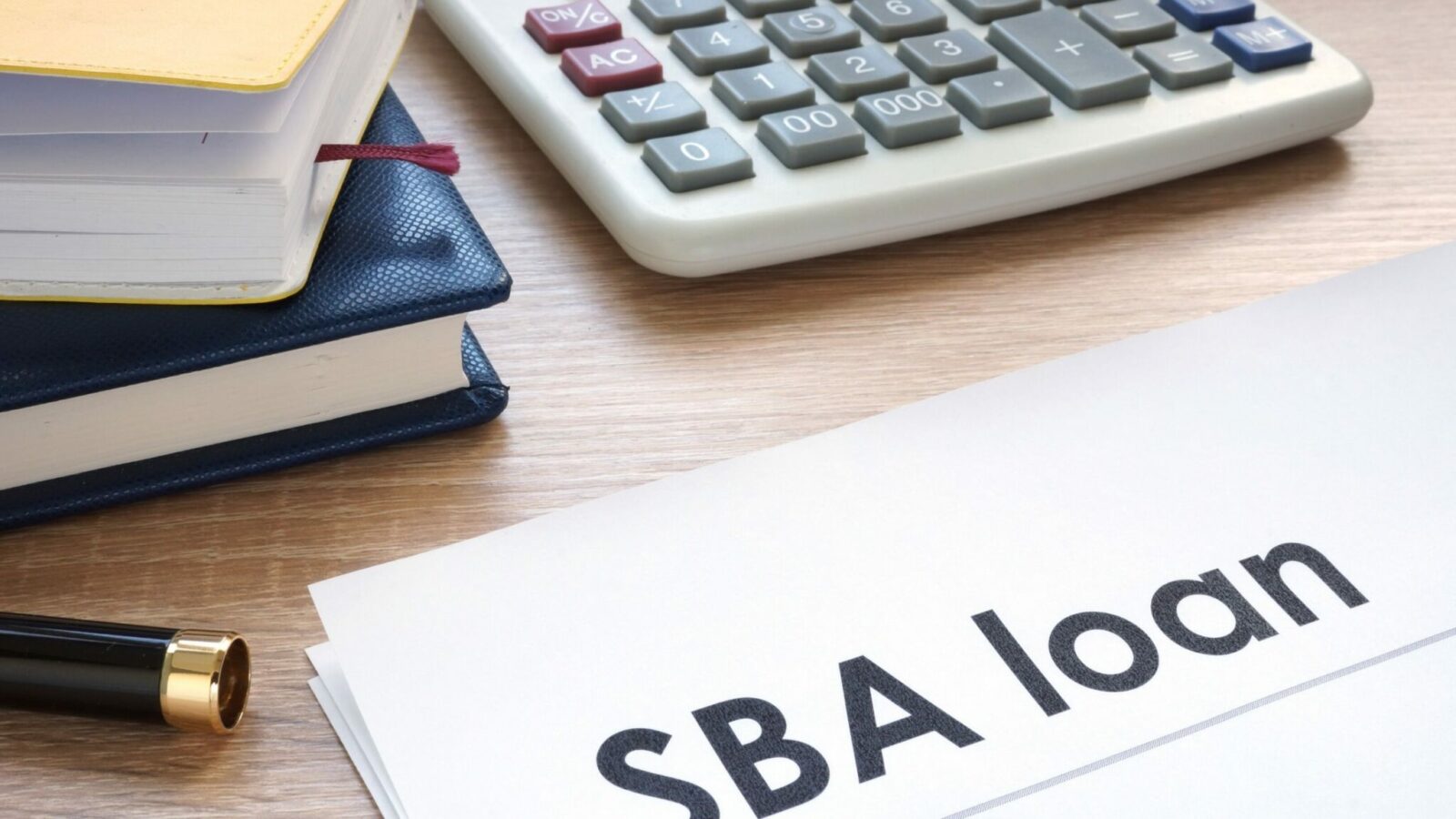Your PPP Loan: When is the Right Time to Ask for Forgiveness?

As I was watching the first of the Presidential debates last week and gleaning little-to-no information about the candidates’ positions on key issues, three words kept entering my mind: Make. It. Stop. If you’re a recipient of a Paycheck Protection Program (PPP) loan, although you may feel quite fortunate to have obtained one, you’ve likely been repeating that same mantra for the past several months as additional guidance has been trickling in at a frustratingly slow pace. Eager as you may be to have it in the rear view, you find yourself in a quandary: are you better off applying for forgiveness now with the hope of putting it behind you as soon as possible (the “make it stop” option) or is there merit in waiting to submit your Form 3508/3508EZ?
The Case for Applying Now
There could be reasons why there is little benefit to waiting to apply for forgiveness. Consider the following points:
- Your situation is relatively straightforward. For example, if you were able to easily spend the loan proceeds on qualifying expenses, payroll costs are well in excess of the 60% minimum threshold, you have had no full-time equivalent (FTE) employee reductions or significant salary reductions, and none of the expenses fall within the “gray areas” of the guidance, then forgiveness might seem like a slam dunk. One caveat to this: as discussed below, there remains bipartisan support for granting automatic forgiveness to borrowers of loans under a certain dollar amount. If such legislation passes, you may find that you did a lot of unnecessary work.
- Your documentation is good to go. If you are confident that you have maintained all of the documentation required to be submitted with your application, as well as the additional documentation required to be retained in the event of a review by the SBA, you may see no point in waiting to apply. Given the myriad changes in the guidance since the program’s inception, you’ll want to ensure your documentation is contemporaneous with specific references to the guidance used to form your conclusions wherever possible.
- You’re thinking about selling your business. If you are exploring a possible sale of your business, there are some things you should be aware of. First, it is important to review your loan documents to understand the implications, if any, of a sale of the business on the status of your PPP loan. You may also be required to obtain SBA consent prior to consummating such a transaction, which won’t happen overnight. Talking with your lender and legal counsel and reviewing your loan documents will help to ensure you thoroughly understand the implications of a possible sale. You don’t want to find yourself in violation of your loan documents and subject to a loss of forgiveness as a result. If potential suitors aren’t interested in assuming your PPP debt, you’ll want to obtain any required consents and begin the forgiveness process as soon as possible.
- Interest began accruing the day your loan was funded. The longer you wait to apply for forgiveness, the more interest you could potentially pay if your loan isn’t forgiven in full. At a 1% interest rate it may not be enough to weigh heavily in your decision making, but should be considered nonetheless.
- Forgiveness would be good for your mental health. This is in no way intended to be tongue-in-cheek; there is a psychology to this. If obtaining a forgiveness determination from the SBA as soon as possible is your primary objective, it might be time to get your documentation in order and get your application submitted as long as you’re willing to accept a potentially less favorable outcome. This assumes, of course, that your lender is ready to accept it.
The Case for Waiting
If any or all of the above considerations are relevant to your situation, you might be better off applying for forgiveness now. Before doing so, however, there are a number of other points to consider that could give you some pause and lead you to conclude that waiting a little longer is in your best interest. The following is a non-exhaustive list of reasons to consider waiting:
- Your situation isn’t exactly straightforward. If your circumstances are of the complex variety, you could likely benefit from the additional time that’s available to you before any loan payments commence. Did you have FTE reductions and/or significant salary reductions? Are you struggling to come up with enough payroll costs to meet the 60% threshold? Are you including expenses that your lender and/or the SBA might disqualify due to nebulous guidance? Exercising patience will allow for more time to restore headcounts and/or wages, maximize payroll costs, and increase the likelihood that further guidance will be published to clarify the many gray areas that still exist.
- You need more time to get your documentation in order. As noted above, the importance of organized, contemporaneous documentation cannot be overstated. If you aren’t confident that your documentation would pass muster with your lender or hold up well in a review by the SBA, take some additional time to get it to that point.
- You could use more time to restore FTEs/wages. This was touched upon in the first point above but is worthy of a second mention. By waiting to apply, you are afforded more time to restore FTEs and/or wages to as close to their February 15, 2020 levels as possible, thereby minimizing any reduction of forgiveness. As a reminder, you have until the earlier of the application date or December 31, 2020 to do so.
- You might be ready but your lender might not be. If this is the case, there’s really no decision point – your decision is being made for you. As the gatekeepers of the forgiveness process, lenders need to be just as ready to accept your forgiveness application as you are to submit it. There have been a number of reports in recent days of lenders being at varying stages of readiness to accept loan forgiveness applications. Be sure to check with your lender as to their readiness.
- Further legislation may be coming. There is plenty of bipartisan support for further simplifying the PPP forgiveness process as well as changes that could be financially beneficial to borrowers, but for various (and some obvious) reasons discussions around simplifying the process haven’t resulted in meaningful legislative action. As noted previously, there has been continued support for granting automatic forgiveness to borrowers with PPP loans under a certain dollar amount. In addition, while expenses paid from forgiven PPP money are currently considered non-deductible as promulgated in IRS Notice 2020-32, several members of Congress have indicated this was not the intended treatment when the CARES Act was passed (important note: even if Congress passes legislation to reverse this decision, there is no guarantee it will be made retroactive to borrowers who already submitted their forgiveness applications). While it is difficult to predict whether good intentions will translate into legislative action, there is clear support for these measures on both sides of the aisle.
- Tools to simplify the forgiveness process continue to be developed. If you’re concerned about the time required to complete the forgiveness process, you could benefit from the various tools that continue to get rolled out with the objective of simplifying the forgiveness process for borrowers and their advisors. The American Institute of CPAs (AICPA), for example, has partnered with a FinTech company, Biz2Credit, to develop a forgiveness tool that helps to automate the forgiveness process. Additional functionality to this and other tools continues to be developed.
- Are you comfortable being a guinea pig? As a program that never existed prior to the passage of the CARES Act, the PPP is new territory for everyone and the loan forgiveness process is untested. With that, consider whether being an early applicant could result in frustrations you could potentially avoid by waiting until your lender and the SBA have had an opportunity to work out any kinks in the process.
Putting It All Together
Although the scales appear to be fairly balanced, keep in mind that these points to consider are not necessarily weighted evenly. Also keep in mind that the right answer is largely dependent upon a borrower’s specific facts and circumstances – there is no one-size-fits-all approach to this determination, and there may be considerations beyond those presented here. Finally, even if you reach the conclusion that waiting to submit your forgiveness application is the best course, you should begin preparing the application now, if you haven’t already, to get a sense of how much of your loan is expected to be forgiven and to avoid last minute scrambling in assembling your supporting documentation.
Given what’s at stake, it is critical to maintain an ongoing dialogue with your lender, your tax advisor and legal counsel to ensure the above considerations are thoroughly vetted and to maximize the likelihood and amount of forgiveness. After all, as much as you may want to “make it stop,” it would be detrimental to do so if much-needed money is left on the table.
For more information or a discussion on how this may impact you, please contact your BNN advisor at 800.244.7444.
Disclaimer of Liability: This publication is intended to provide general information to our clients and friends. It does not constitute accounting, tax, investment, or legal advice; nor is it intended to convey a thorough treatment of the subject matter.



